Temperature vs Thermal Energy Worksheets
Worksheets are a helpful tool for students to reinforce their understanding of concepts and practice their skills. When it comes to exploring the relationship between temperature and thermal energy, worksheets provide a structured way for students to engage with this subject. By completing these worksheets, students can deepen their understanding of the key concepts surrounding temperature and thermal energy, enabling them to grasp the fundamental principles and make connections between real-world phenomena.
Table of Images 👆
More Energy Worksheets
Light and Heat Energy WorksheetsTypes of Energy Transfer Worksheet
Energy Light Heat Sound Worksheets
3 Forms of Energy Worksheets
Energy Worksheets for Third Grade
What is temperature?
Temperature is a measure of the average kinetic energy of the particles in a substance, indicating how hot or cold it is. It is typically measured using the Celsius, Fahrenheit, or Kelvin scales and is a fundamental aspect of thermodynamics, influencing various physical and chemical properties of matter.
How is temperature measured?
Temperature is typically measured using a thermometer, a device that can detect changes in temperature. Thermometers can use various mechanisms to measure temperature, such as mercury expanding in a glass tube, electrical resistance, or infrared sensors. The measurement is generally expressed in degrees Celsius, Fahrenheit, or Kelvin, depending on the region or preferred scale.
What is thermal energy?
Thermal energy is the energy generated by the movement of particles within a substance. It is a form of kinetic energy that results from the vibration, rotation, and translation of atoms and molecules. When thermal energy is transferred to an object or substance, it causes the particles within that object to move faster, which in turn increases the object's temperature.
How is thermal energy related to temperature?
Thermal energy is the internal energy of an object that arises from the kinetic energy of its particles. As temperature increases, the particles in an object move faster, resulting in an increase in thermal energy. Therefore, thermal energy and temperature are directly related - as temperature rises, thermal energy increases, and as temperature decreases, thermal energy decreases.
What are some common units for measuring thermal energy?
Some common units for measuring thermal energy include calories (cal), British thermal units (BTU), joules (J), kilowatt-hours (kWh), and electronvolts (eV).
How does thermal energy affect the properties of matter?
Thermal energy affects the properties of matter by increasing the kinetic energy of its particles, causing them to move faster and further apart. This can lead to changes in the state of matter, such as melting or boiling, as well as changes in volume and density. Additionally, thermal energy can impact the conductivity, expansion, and other physical properties of matter.
What is the difference between heat and thermal energy?
Heat is the transfer of thermal energy between two substances at different temperatures, while thermal energy is the total energy of all the particles in a substance. In other words, heat is a form of energy transfer, while thermal energy is a form of internal energy contained within a substance. Heat can increase the thermal energy of a substance by transferring energy to it, but thermal energy represents the overall amount of kinetic and potential energy within the particles of a substance.
How does thermal energy transfer occur?
Thermal energy transfer occurs through three main processes: conduction, convection, and radiation. Conduction is the transfer of heat through direct contact between particles in a solid. Convection involves the movement of fluids, such as air or water, to distribute heat. Radiation is the transfer of heat through electromagnetic waves, such as sunlight or infrared radiation. These processes work together to distribute thermal energy from a warmer object to a cooler one until thermal equilibrium is reached.
How does thermal energy affect changes of state?
Thermal energy affects changes of state by providing the energy needed to overcome the forces holding the particles together in a solid or a liquid. As thermal energy is added, the particles of a substance begin to move faster and with more kinetic energy, causing them to break free from their fixed positions and transition from a solid to a liquid, and then from a liquid to a gas. Conversely, when thermal energy is removed from a substance, the particles slow down and lose enough energy for their attractive forces to pull them together into a more ordered arrangement, causing a transition from a gas to a liquid, and then from a liquid to a solid.
In what ways can thermal energy be harnessed and used?
Thermal energy can be harnessed and used in various ways, such as through the use of solar panels to capture sunlight and convert it into electricity, geothermal power plants that extract heat from beneath the Earth's surface to generate electricity, and through solar thermal systems that use mirrors to concentrate sunlight for heating purposes. Additionally, waste heat from industrial processes and power generation can be captured and utilized for heating buildings, water, or producing electricity through combined heat and power systems.
Have something to share?
Who is Worksheeto?
At Worksheeto, we are committed to delivering an extensive and varied portfolio of superior quality worksheets, designed to address the educational demands of students, educators, and parents.

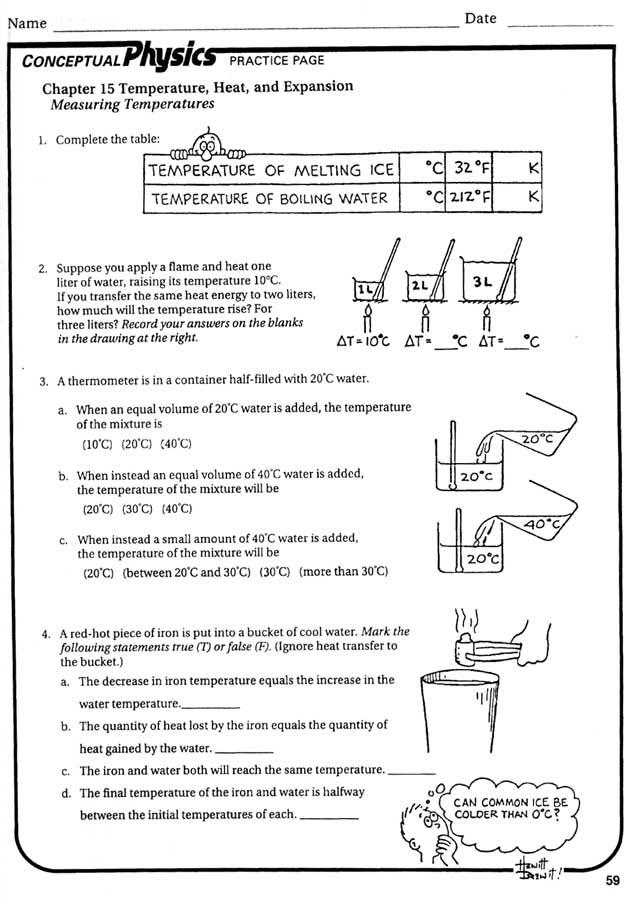



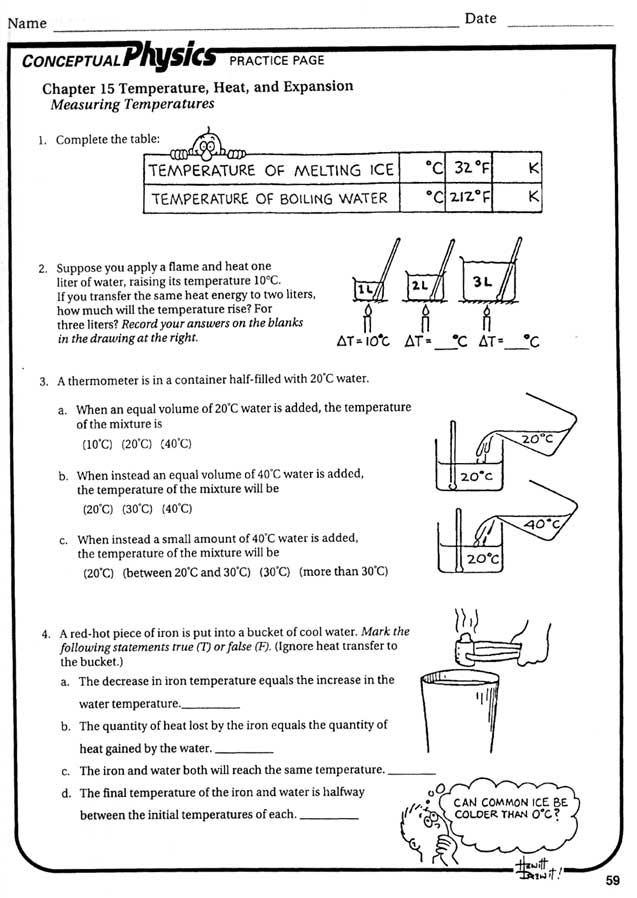
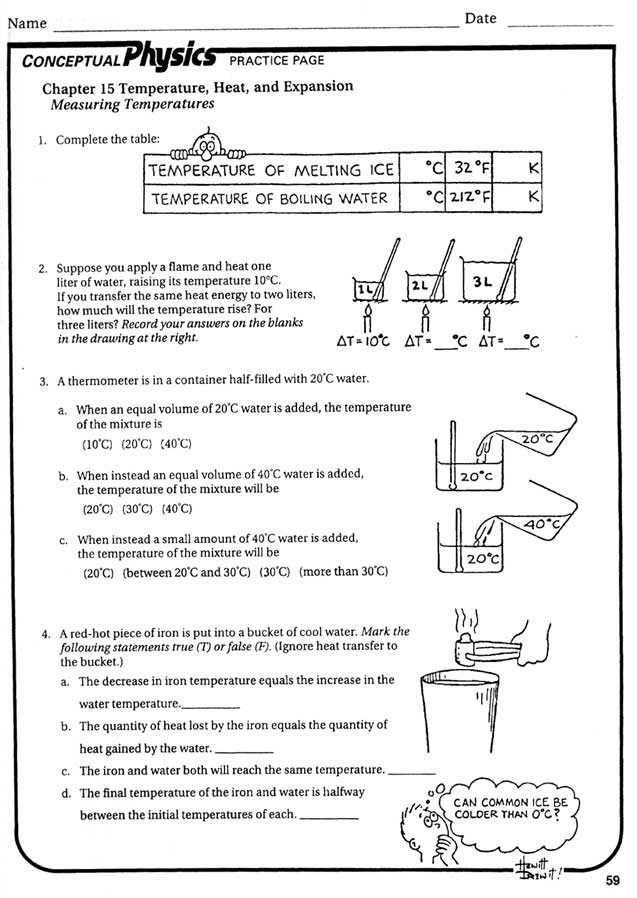
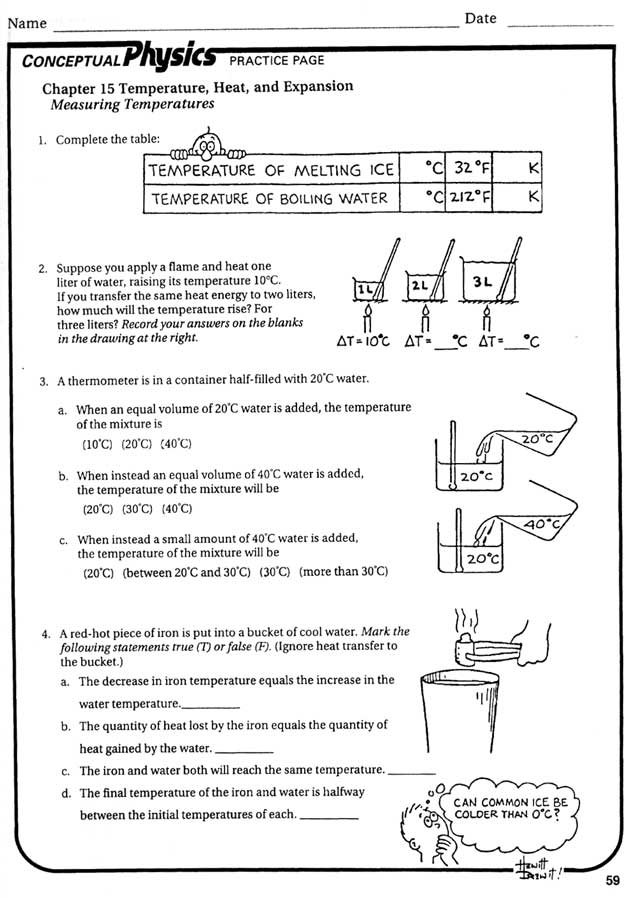
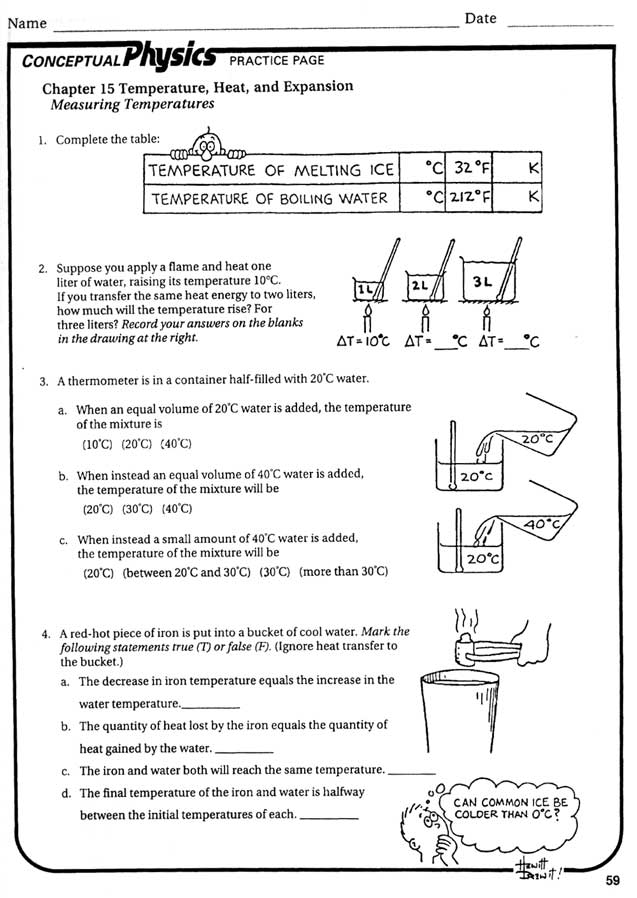

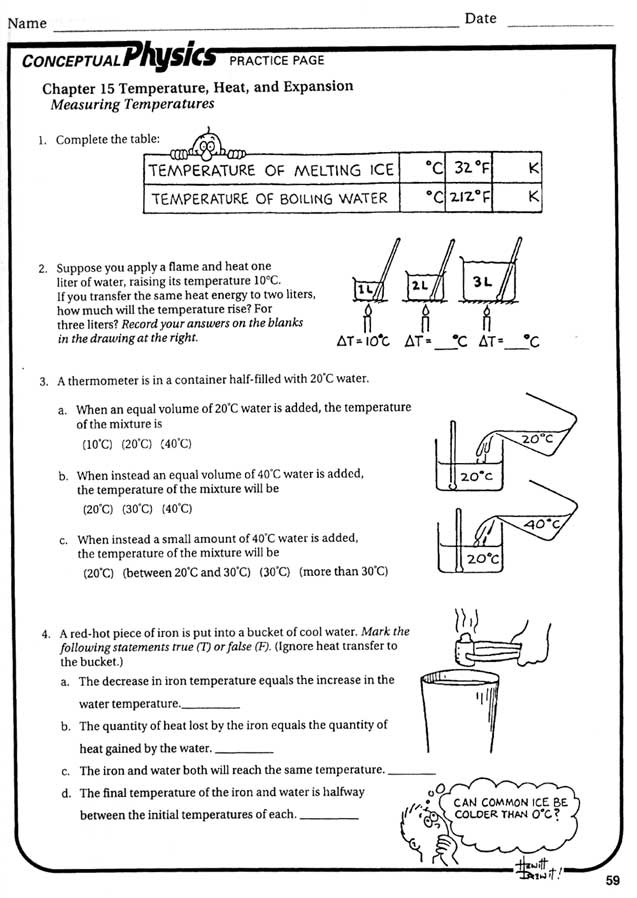
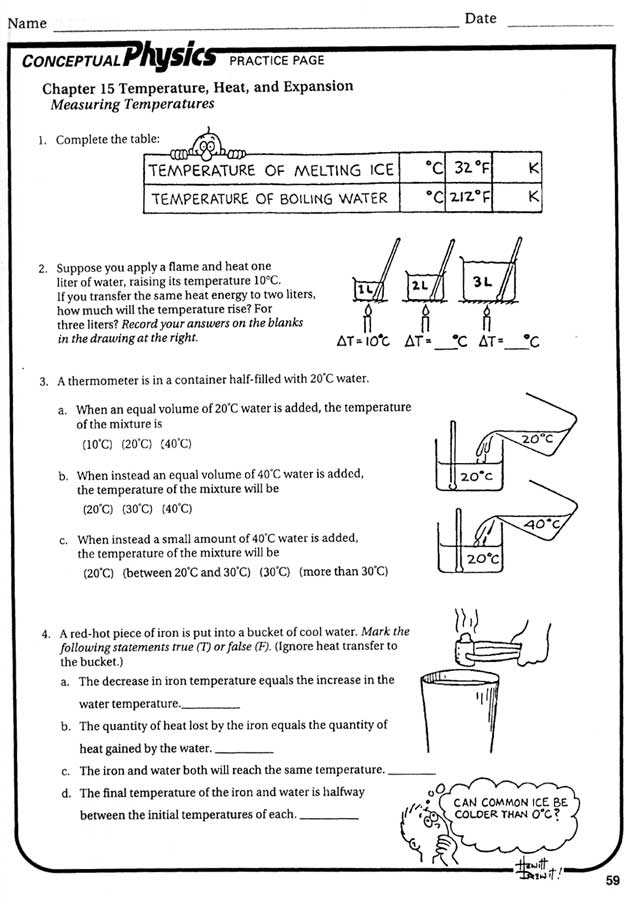
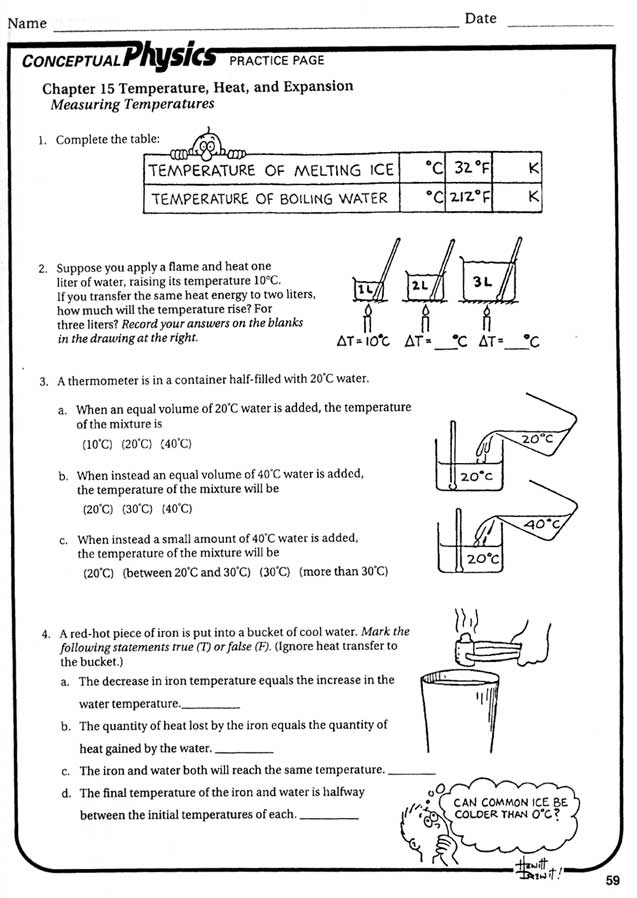
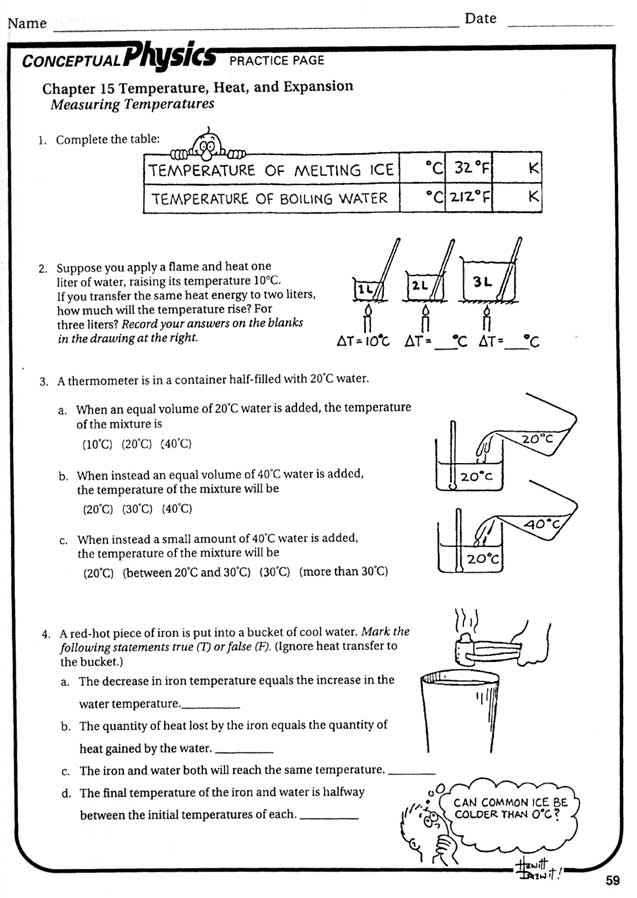
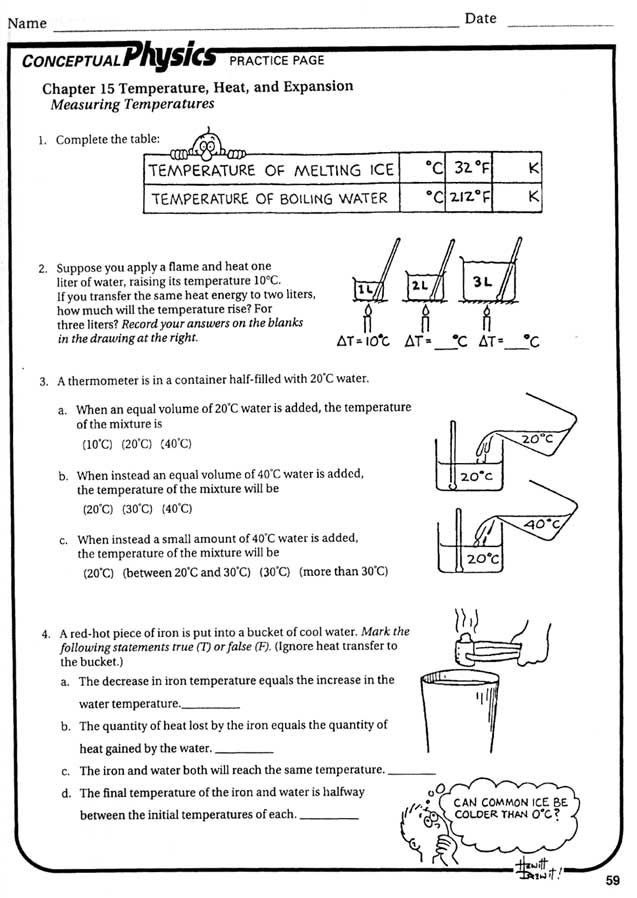
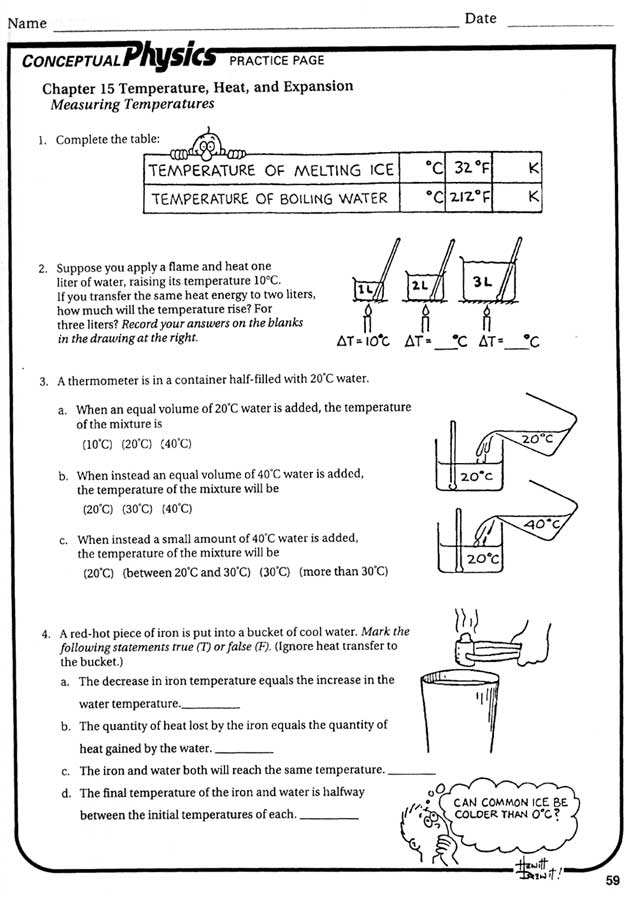
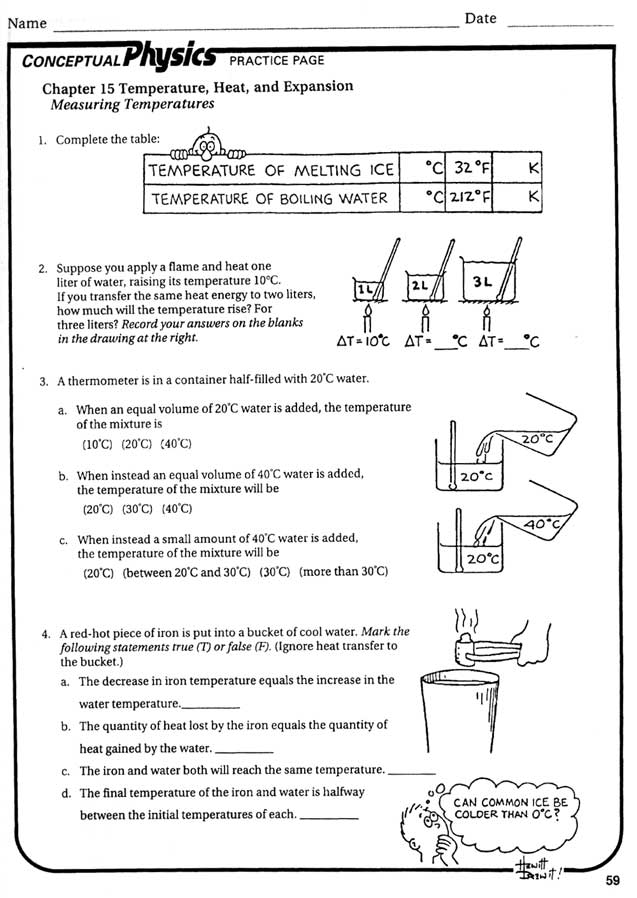
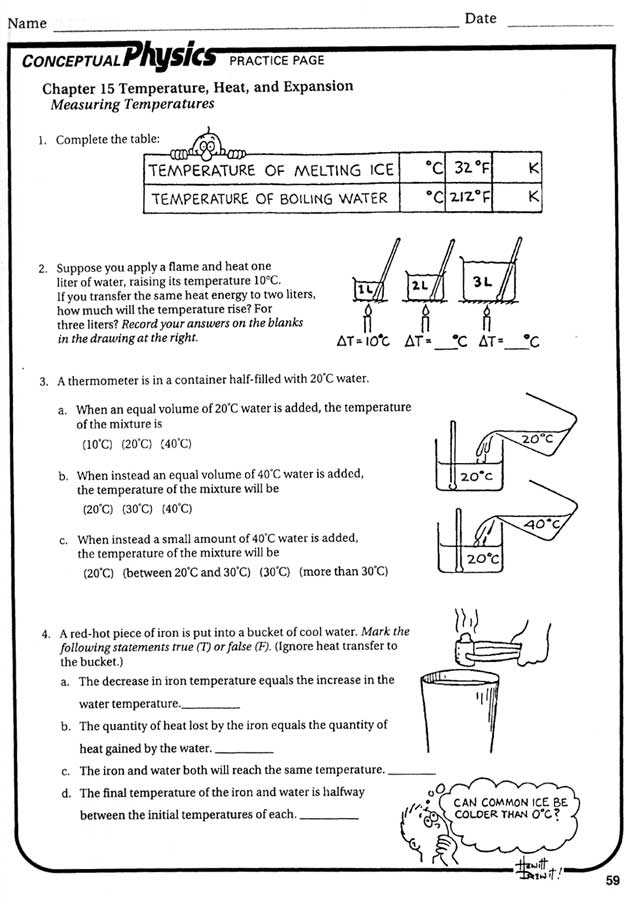
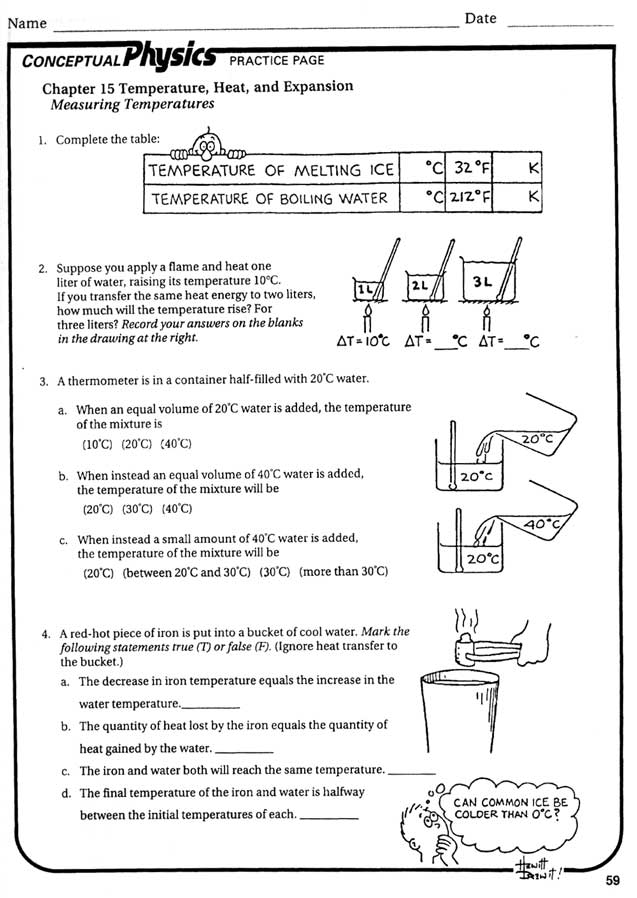
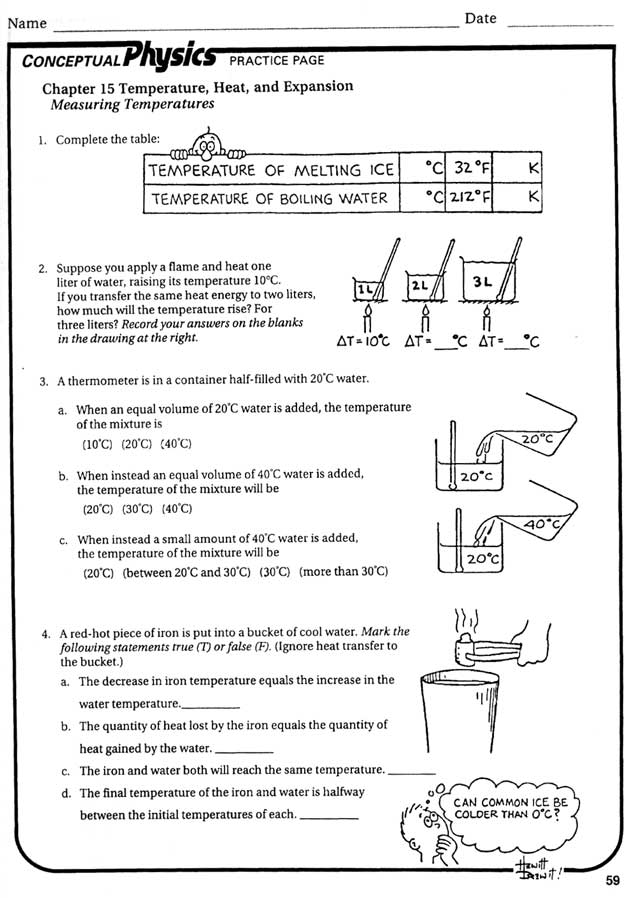
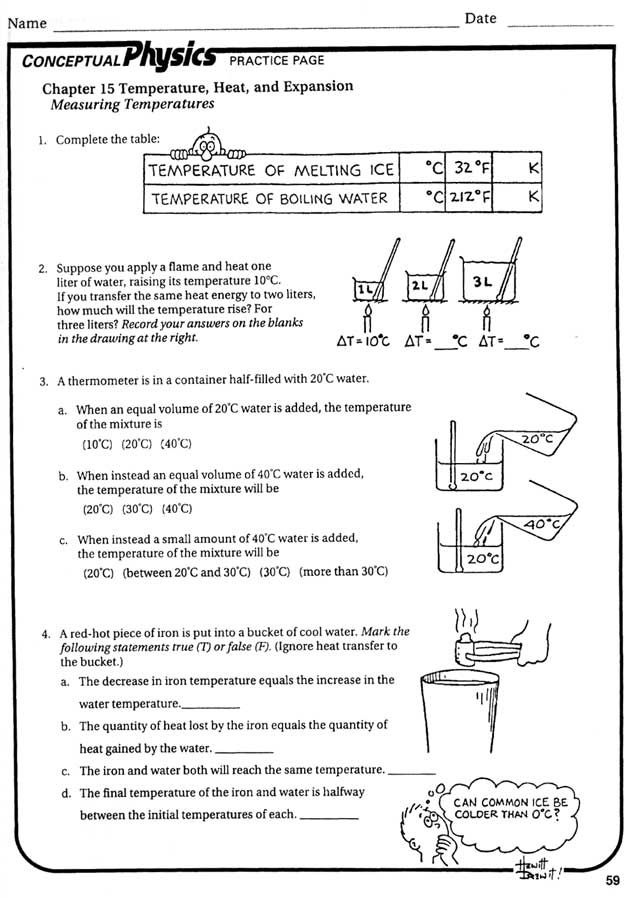
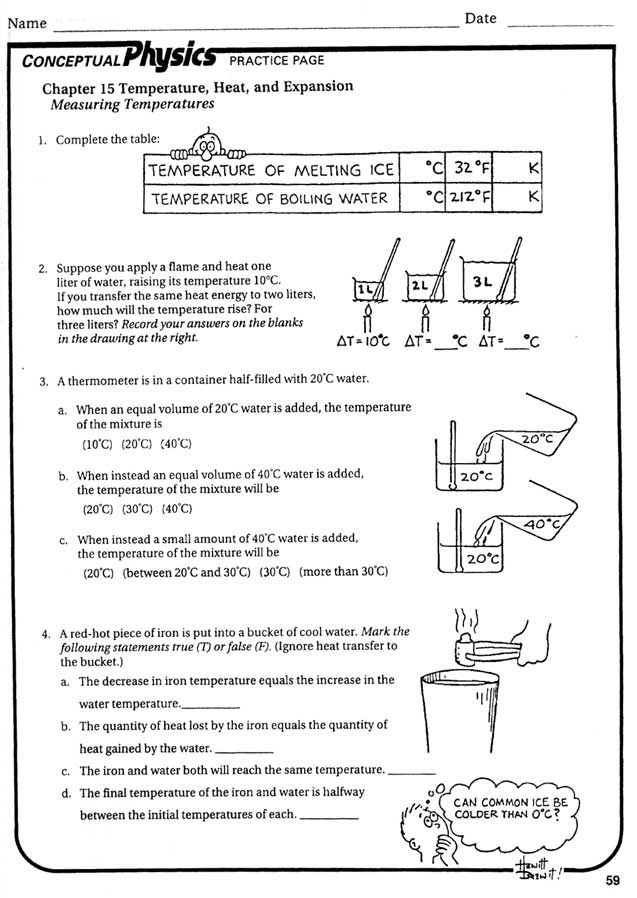
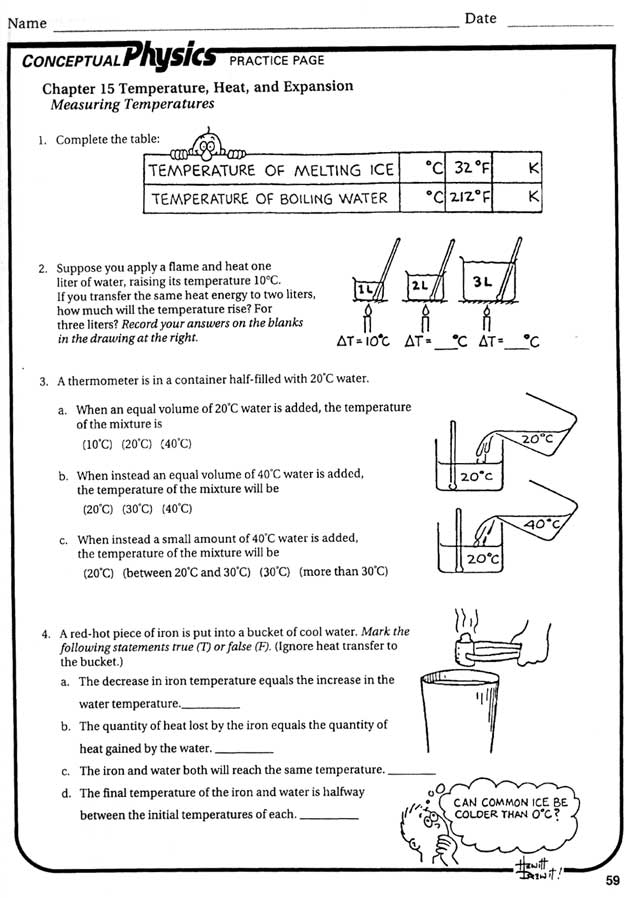
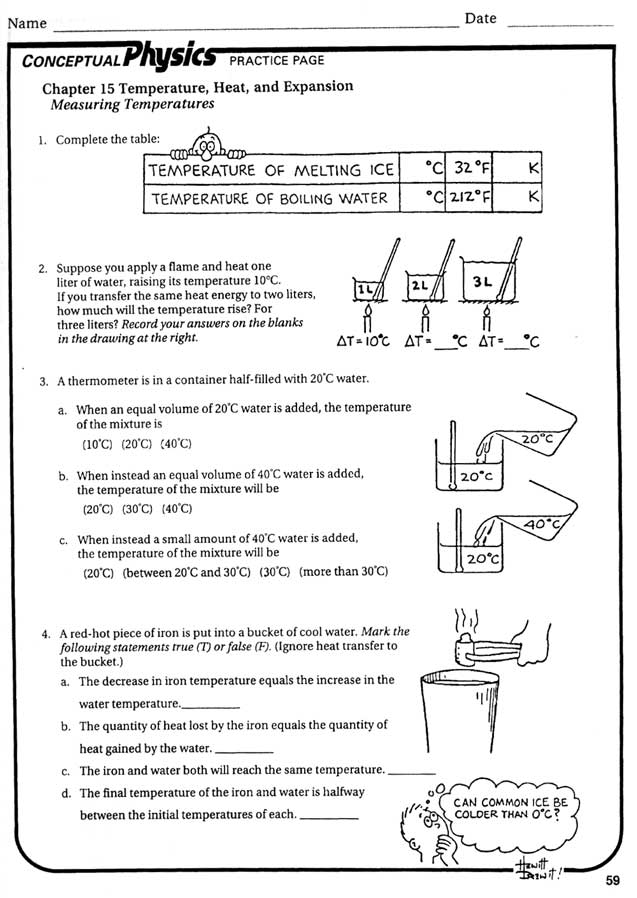













Comments